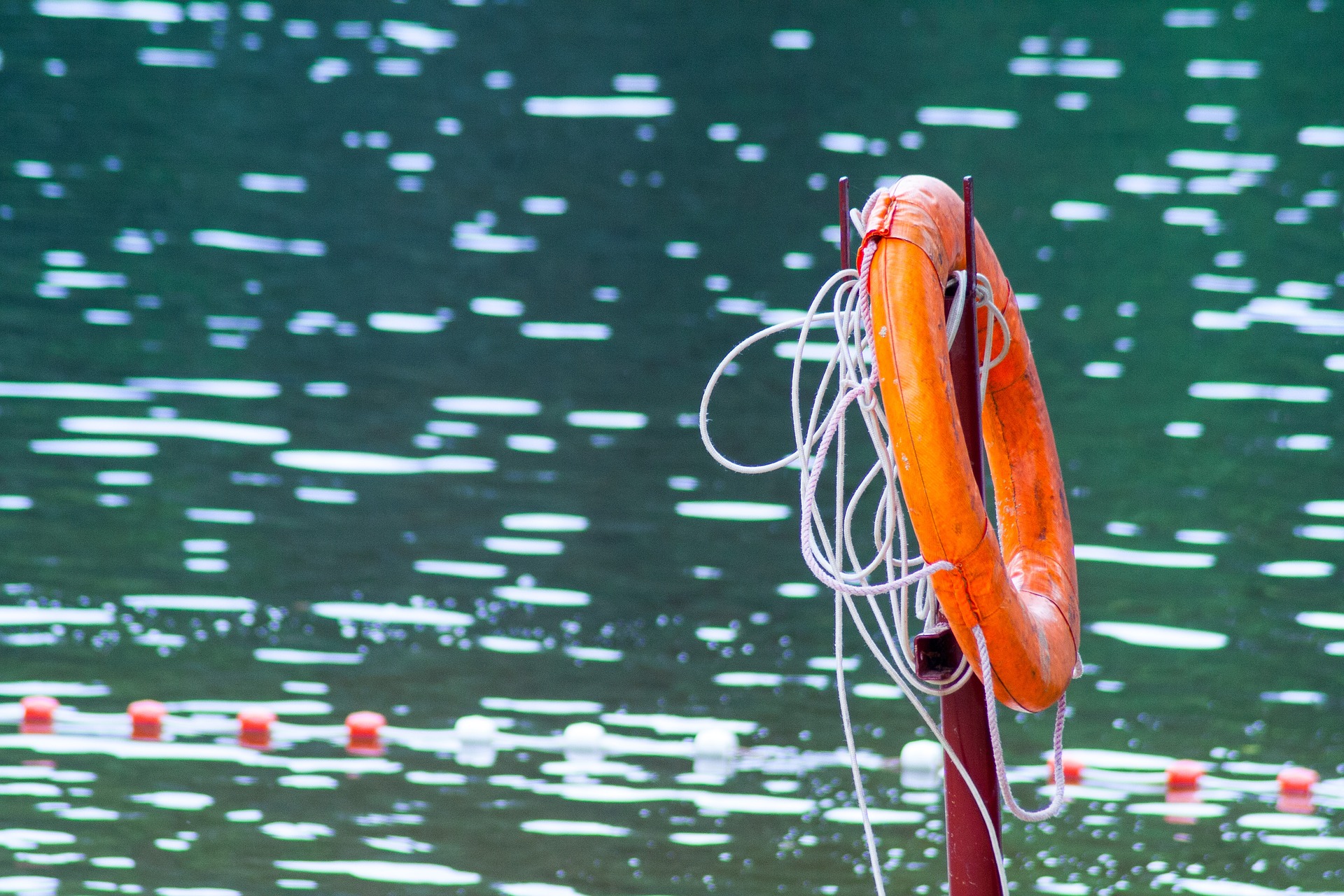–
The regular bathing water examination has shown an increased occurrence of cyanobacteria in the Schultheis pond in Offenbach. For this reason, the city health department has issued a temporary bathing ban.
Cyanobacteria produce a variety of secondary metabolites. These are chemical substances from plants, bacteria, fungi or animals (insects, sponges, soft corals) that do not seem necessary for their growth and survival. However, these damage living beings and plants in the water. Some of the cyanobacteria species form toxins that can also be harmful to human health. For example, allergic skin reactions can occur in bathers and swallowing water containing cyanobacteria can lead to stomach and intestinal infections.
“We know that the Schultheis-Weiher ecosystem is fragile, especially in the summer months, which, among other things, led to the death of fish at the beginning of July. The pond cannot survive without the phosphate elimination system (PEA). We increased the sampling density and arranged for an additional sample to be taken last Tuesday, August 10th. The results are now available. As expected, the chlorophyll-a concentration in the water column increased further (from 126 μg / l on August 3 to 152 μg / l on August 10; the alert level is already reached at> 75 μg / l) in the algae found it is almost exclusively cyanobacteria.
This means that the pond cannot be opened for swimming at short notice, whether the 2021 season can start again remains uncertain, ”explains Heike Hollerbach, Head of the Office for Environment, Energy and Climate Protection. The aim is to reduce nutrients in the water in order to limit the growth of primary producers – especially cyanobacteria.
The instability of the water is evident in the regular evaluations of the measurements: the regular water examinations have so far not shown any evidence of the occurrence of cyanobacteria, apart from the oxygen content.
Also on July 2, when the fish died, the algae content in the examined water sample was low, but slightly higher than when the last sample was taken. Most of the algae found were green algae (globose and thread algae) in addition to small amounts of cyanobacteria (“blue-green algae”) of the genus Microcystis. Furthermore, various aquatic animals, torn off plant parts and little sediment could be observed.
On July 13, the algae content in the examined water sample was significantly lower than in the last sample. Most of the algae found were spherical and thread-like green algae. “Blue-green algae” (cyanobacteria) could not be found. A high proportion of mostly dead plant parts is striking. On August 3, the algae content in the examined water sample was significantly higher than in the last sample. The algae found are almost exclusively “blue-green algae” (cyanobacteria) of the genus Anabaena.
“From the beginning of the bathing season in the nature reserve, we said that being able to swim a little is better than not at all. That was also the reason for the opening this year, although the work for the restoration of the seawater quality through the PE system is our most important goal and the work will continue ”, says Hollerbach.
As a technical support, the phosphate elimination plant influences the stability of the sea water, because here phosphate is continuously removed from the water and the nutrient load can be reduced considerably.
Basically, the bathing season runs until September 15th. However, restrictions can always be made depending on the time at which the phosphate elimination system (PEA) was installed, after which the water will again belong exclusively to nature. The PE system has been submitted to the upper authorities for approval.
The Schultheis-Weiher still passed the rating as excellent bathing water.
(Text: PM City Offenbach)
–


